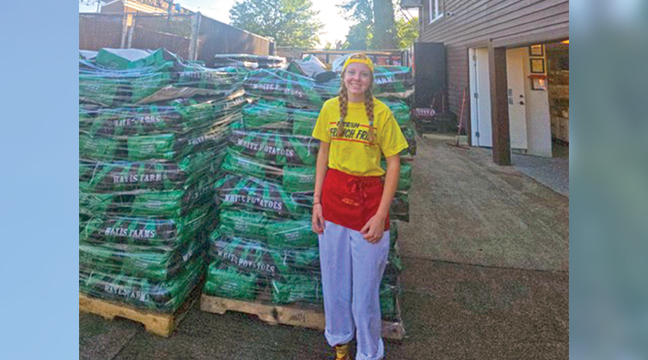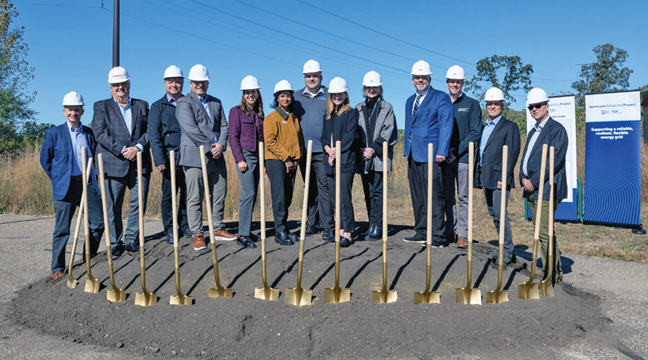Question: I have heard you talk about the importance of tires on your vehicle. Can you get this in your article? I think this is helpful information.
Answer: The thousands of pounds of metal of engineering and technology is riding on four pieces of rubber transporting the world’s most precious cargo – you. Important is an understatement. While I could go on for hours about this important topic I think the National Highway Safety Administration (NHTSA) best summed it up with this information.
Make sure each tire is filled to the vehicle manufacturer’s recommended inflation pressure, which is listed in your owner’s manual and on a placard located on the driver’s side door frame, and don’t forget to check your spare if your vehicle is equipped with one. Do not inflate your tires to the pressure listed on the tire itself. That number is the maximum pressure the tire can hold, not the recommended pressure for your vehicle. A tire doesn’t have to be punctured to lose air. All tires naturally lose some air over time. In fact, underinflation is the leading cause of tire failure.
Some other tips:
- Inspect your tires at least once a month and before long road trips.
- Look closely at your tread and replace tires that have uneven wear or insufficient tread.
- Tread should be at least 2/32 of an inch or greater on all tires. Look for the built-in wear bar indicators or use the penny test to determine when it’s time to replace your tires. Place a penny in the tread with Lincoln's head upside down. If you can see the top of Lincoln's head, your vehicle needs new tires.
- If you find uneven wear across the tires’ tread, it means your tires need rotation and/or your wheels need to be aligned before you travel.
- Check each tire’s age. Some vehicle manufacturers recommend replacing tires every six years regardless of use.
- Tires for electric vehicles are heavier, but all tires require the same maintenance. Low-rolling-resistance tires for conventional vehicles could also have lower tread life.
An inspection is not just about checking tire pressure and age. Remember to check:
- for any damage or conditions that may need attention;
- the tread and sidewalls for any cuts, punctures, bulges, scrapes, cracks, or bumps. The tread should be at least 2/32 of an inch or greater on all tires; and
- your spare tire.
If you find tire damage, take your vehicle to a tire professional.
A portion of state statutes were used with permission from the Office of the Revisor of Statutes. If you have any questions concerning traffic related laws or issues in Minnesota, send your questions to Trp. Jesse Grabow – Minnesota State Patrol at 1000 Highway 10 West, Detroit Lakes, MN 56501-2205. (You can follow him on Twitter @MSPPIO_NW or reach him at, jesse.grabow@state.mn.us).









